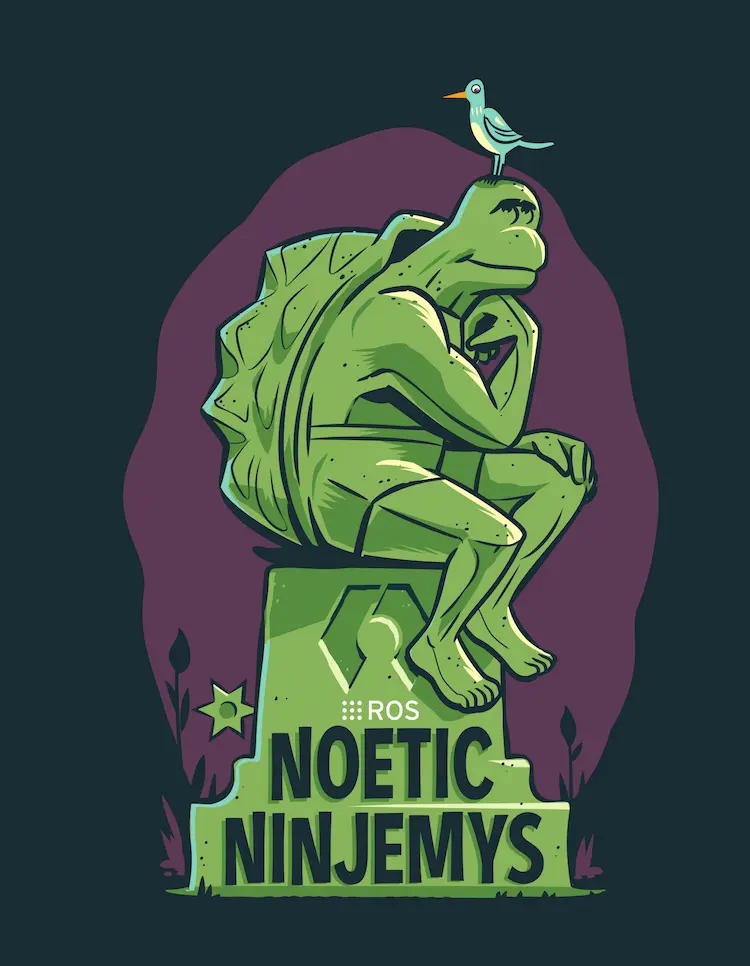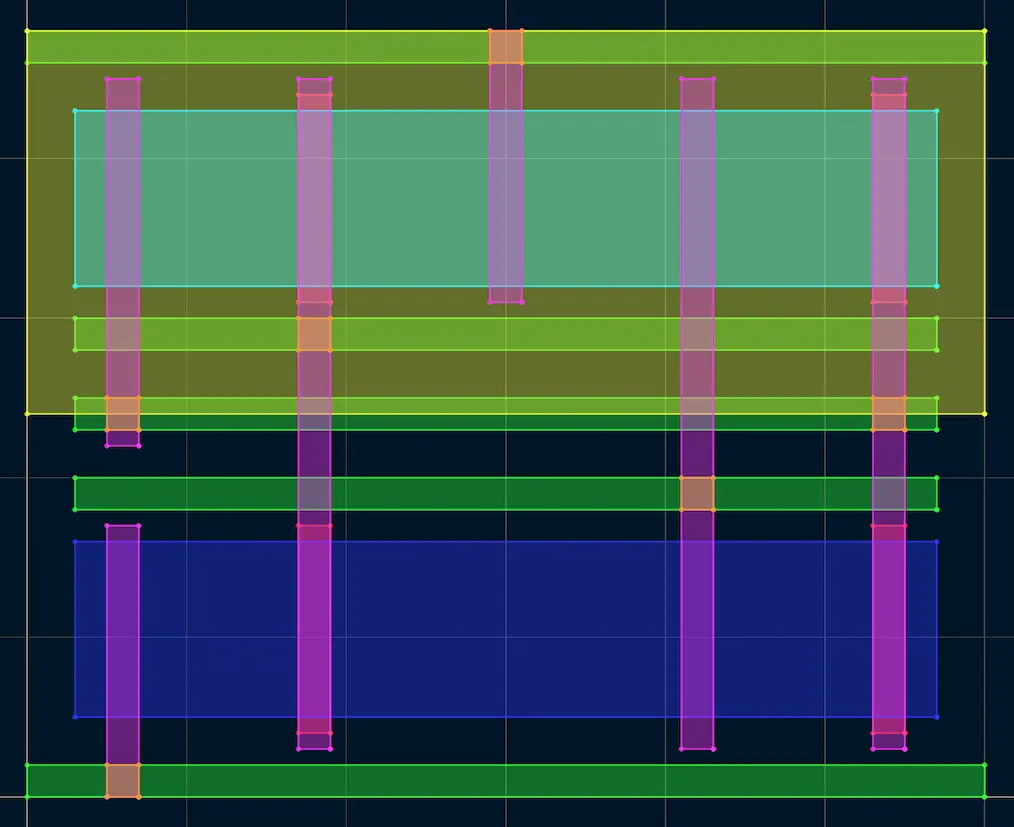数学符号及其对应的LaTeX代码
由于之前写学习笔记时总是不会输入数学符号,这时候就跑到搜索引擎里面去搜索,再复制。索性自己抄写一遍,后续再需要复制可以来这里。
Operators
| Symbol | Command | Symbol | Command | Symbol | Command |
|---|---|---|---|---|---|
| \pm | \mp | \times | |||
| \div | \cdot | \ast | |||
| \star | \dagger | \ddagger | |||
| \amalg | \cap | \cup | |||
| \uplus | \sqcap | \sqcup | |||
| \vee | \wedge | \oplus | |||
| \ominus | \otimes | \circ | |||
| \bullet | \diamond | \lhd | |||
| \rhd | \unlhd | \unrhd | |||
| \oslash | \odot | \bigcirc | |||
| \triangleleft | \Diamond | \bigtriangleup | |||
| \bigtriangledown | \Box | \triangleright | |||
| \setminus | \wr | \sqrt{x} | |||
| x^{\circ} | \triangledown | \sqrt[n]{x} | |||
| a^x | a^{xyz} | a_x |
Relations
| Symbol | Command | Symbol | Command | Symbol | Command |
|---|---|---|---|---|---|
| \le | \ge | \neq | |||
| \sim | \ll | \gg | |||
| \doteq | \simeq | \subset | |||
| \supset | \approx | \asymp | |||
| \subseteq | \supseteq | \cong | |||
| \smile | \sqsubset | \sqsupset | |||
| \equiv | \frown | \sqsubseteq | |||
| \sqsupseteq | \propto | \bowtie | |||
| \in | \ni | \prec | |||
| \succ | \vdash | \dashv | |||
| \preceq | \succeq | \models | |||
| \perp | \parallel | ||||
| \mid | \bumpeq |
Negations of many of these relations can be formed by just putting \not before the symbol, or by slipping an “n” between the \ and the word. Here are a couple examples, plus many other negations; it works for many of the many others as well.
| Symbol | Command | Symbol | Command | Symbol | Command |
|---|---|---|---|---|---|
| \nmid | \nleq | \ngeq | |||
| \nsim | \ncong | \nparallel | |||
| \not< | \not> | \not= or \neq or \ne | |||
| \not\le | \not\ge | \not\sim | |||
| \not\approx | \not\cong | \not\equiv | |||
| \not\parallel | \nless | \ngtr | |||
| \lneq | \gneq | \lnsim | |||
| \lneqq | \gneqq |
To use other relations not listed here, such as =, >, and <, in LaTeX, you must use the symbols on your keyboard, as they are not available in .
Greek Letters
Lowercase Letters
| Symbol | Command | Symbol | Command | Symbol | Command | Symbol | Command |
|---|---|---|---|---|---|---|---|
| \alpha | \beta | \gamma | \delta | ||||
| \epsilon | \varepsilon | \zeta | \eta | ||||
| \theta | \vartheta | \iota | \kappa | ||||
| \lambda | \mu | \nu | \xi | ||||
| \pi | \varpi | \rho | \varrho | ||||
| \sigma | \varsigma | \tau | \upsilon | ||||
| \phi | \varphi | \chi | \psi | ||||
| \omega |
Capital Letters
| Symbol | Command | Symbol | Command | Symbol | Command | Symbol | Command |
|---|---|---|---|---|---|---|---|
| \Gamma | \Delta | \Theta | \Lambda | ||||
| \Xi | \Pi | \Sigma | \Upsilon | ||||
| \Phi | \Psi | \Omega |
Arrows
| Symbol | Command | Symbol | Command |
|---|---|---|---|
| \gets | \to | ||
| \leftarrow | \Leftarrow | ||
| \rightarrow | \Rightarrow | ||
| \leftrightarrow | \Leftrightarrow | ||
| \mapsto | \hookleftarrow | ||
| \leftharpoonup | \leftharpoondown | ||
| \rightleftharpoons | \longleftarrow | ||
| \Longleftarrow | \longrightarrow | ||
| \Longrightarrow | \longleftrightarrow | ||
| \Longleftrightarrow | \longmapsto | ||
| \hookrightarrow | \rightharpoonup | ||
| \rightharpoondown | \leadsto | ||
| \uparrow | \Uparrow | ||
| \downarrow | \Downarrow | ||
| \updownarrow | \Updownarrow | ||
| \nearrow | \searrow | ||
| \swarrow | \nwarrow | ||
| \overrightarrow{AB} | \overleftarrow{AB} | ||
| \overleftrightarrow{AB} |
(For those of you who hate typing long strings of letters, \iff and \implies can be used in place of \Longleftrightarrow and \Longrightarrow respectively.)
Dots
| Symbol | Command | Symbol | Command |
|---|---|---|---|
| \cdot | \vdots | ||
| \dots | \ddots | ||
| \cdots | \iddots | \iddots |
Accents
| Symbol | Command | Symbol | Command | Symbol | Command |
|---|---|---|---|---|---|
| \hat{x} | \check{x} | \dot{x} | |||
| \breve{x} | \acute{x} | \ddot{x} | |||
| \grave{x} | \tilde{x} | \mathring{x} | |||
| \bar{x} | \vec{x} |
When applying accents to i and j, you can use \imath and \jmath to keep the dots from interfering with the accents:
| Symbol | Command | Symbol | Command |
|---|---|---|---|
| \vec{\jmath} | \tilde{\imath} |
\tilde and \hat have wide versions that allow you to accent an expression:
| Symbol | Command | Symbol | Command |
|---|---|---|---|
| \widehat{7+x} | \widetilde{abc} |
Others
| Symbol | Command | Symbol | Command | Symbol | Command |
|---|---|---|---|---|---|
| \infty | \triangle | \angle | |||
| \aleph | \hbar | \imath | |||
| \jmath | \ell | \wp | |||
| \Re | \Im | \mho | |||
| \prime | \emptyset | \nabla | |||
| \surd | \partial | \top | |||
| \bot | \vdash | \dashv | |||
| \forall | \exists | \neg | |||
| \flat | \natural | \sharp | |||
| \backslash | \Box | \Diamond | |||
| \clubsuit | \diamondsuit | \heartsuit | |||
| \spadesuit | \Join | \blacksquare | |||
| \diamondsuit | \copyright | \underarc{XYZ} | \underarc{XYZ} | ||
| \heartsuit | \overarc{ABC} | \overarc{ABC} | \cup | ||
| \S | \S | \P | \P | \Vdash | |
| \pounds | \in | \vDash | |||
| \bigstar | \implies | ||||
| \square | |||||
| \smiley | \smiley | ||||
| \mathbb{R} (represents all real numbers) | |||||
| \checkmark | |||||
| \cancer | \cancer |
Note: \cancer and \overarc{ABC} do not work in the classroom.
Command Symbols
Some symbols are used in commands, so they need to be treated in a special way.
| Symbol | Command | Symbol | Command | Symbol | Command | Symbol | Command |
|---|---|---|---|---|---|---|---|
| \textdollar | \textdollar or \$ | \& | \% | \# | |||
| \_ | \{ | \} | \backslash |
(Warning: Using $ for \textdollar will result in $$. This is a bug as far as we know. Depending on the version of this is not always a problem.)
European Language Symbols
| Symbol | Command | Symbol | Command | Symbol | Command | Symbol | Command |
|---|---|---|---|---|---|---|---|
| {\oe} | {\oe} | {\ae} | {\ae} | {\o} | {\o} | ||
| {\OE} | {\OE} | {\AE} | {\AE} | {\AA} | {\AA} | {\O} | {\O} |
| {\l} | {\l} | {\ss} | {\ss} | | !` | |||
| {\L} | {\L} | {\SS} | {\SS} |
Bracketing Symbols
In mathematics, sometimes we need to enclose expressions in brackets, braces or parentheses. Some of these work just as you’d imagine in LaTeX; type ( and ) for parentheses, [ and ] for brackets, and | and | for absolute value. However, other symbols have special commands:
| Symbol | Command | Symbol | Command | Symbol | Command |
|---|---|---|---|---|---|
| \{ | \} | \\ | |||
| \backslash | \lfloor | \rfloor | |||
| \lceil | \rceil | \langle | |||
| \rangle |
You might notice that if you use any of these to typeset an expression that is vertically large, like
(\frac{a}{x} )^2
the parentheses don’t come out the right size:
If we put \left and \right before the relevant parentheses, we get a prettier expression:
\left(\frac{a}{x} \right)^2
gives
For systems of equations or piecewise functions, use the cases environment:
f(x) = \begin{cases} x^2 & x \ge 0 \\ x & x < 0 \end{cases}
which gives
In addition to the \left and \right commands, when doing floor or ceiling functions with fractions, using
\left\lceil\frac{x}{y}\right\rceil
and \left\lfloor\frac{x}{y}\right\rfloor
gives both and , respectively.
And, if you type this
\underbrace{a_0+a_1+a_2+\cdots+a_n}_{x}
Gives
Or
\overbrace{a_0+a_1+a_2+\cdots+a_n}^{x}
Gives
\left and \right can also be used to resize the following symbols:
| Symbol | Command | Symbol | Command | Symbol | Command |
|---|---|---|---|---|---|
| \uparrow | \downarrow | \updownarrow | |||
| \Uparrow | \Downarrow | \Updownarrow |
Multi-Size Symbols
Some symbols render differently in inline math mode and in display mode. Display mode occurs when you use […] or $$…$$, or environments like \begin{equation}…\end{equation}, \begin{align}…\end{align}. Read more in the commands section of the guide about how symbols which take arguments above and below the symbols, such as a summation symbol, behave in the two modes.
In each of the following, the two images show the symbol in display mode, then in inline mode.
| Symbol | Command | Symbol | Command | Symbol | Command |
|---|---|---|---|---|---|
| \sum | \int | \oint | |||
| \prod | \coprod | \bigcap | |||
| \bigcup | \bigsqcup | \bigvee | |||
| \bigwedge | \bigodot | \bigotimes | |||
| \bigoplus | \biguplus |





